Minwax High Performance Wood Hardener is a special formulation by Minwax to reinforce and harden decayed or rotting wood. In this review, I’ll explain why you might want to have a bottle in your shop, and what to expect when using it.
You can buy a pint for $12 on Amazon.
Besides hardening fragile wood, it also blocks moisture and fills pores, making it great for pre-staining or pre-painting works. It is formulated to strengthen and reinforce, doesn’t require any thinning, and contains resin dissolved in acetone.
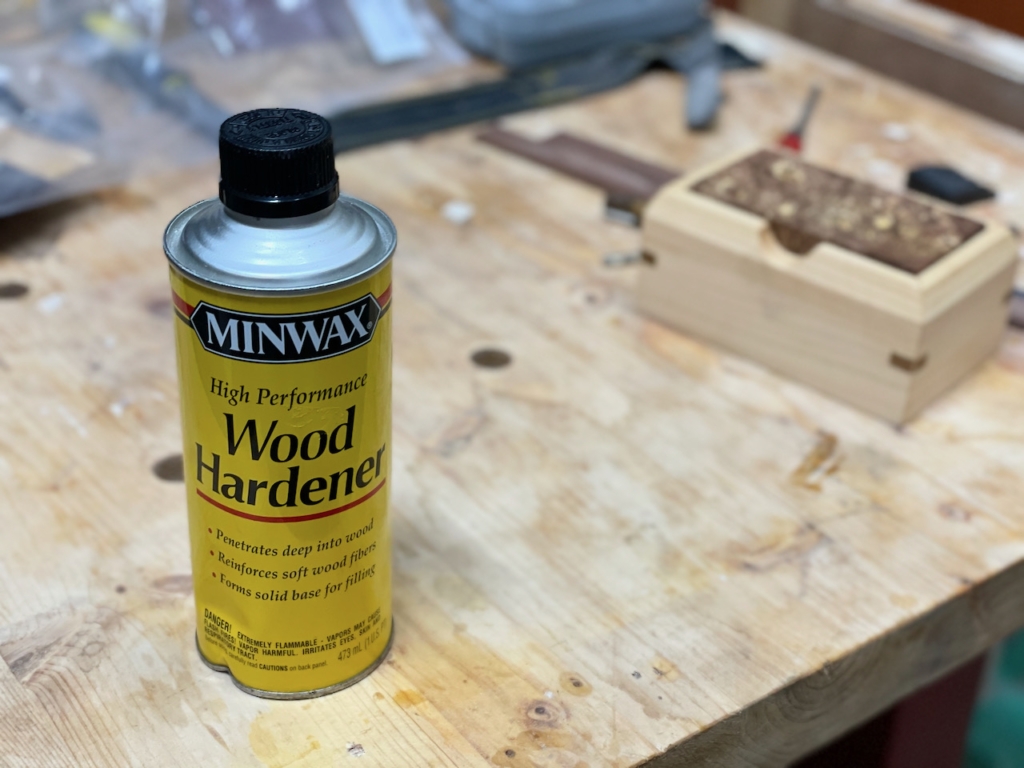
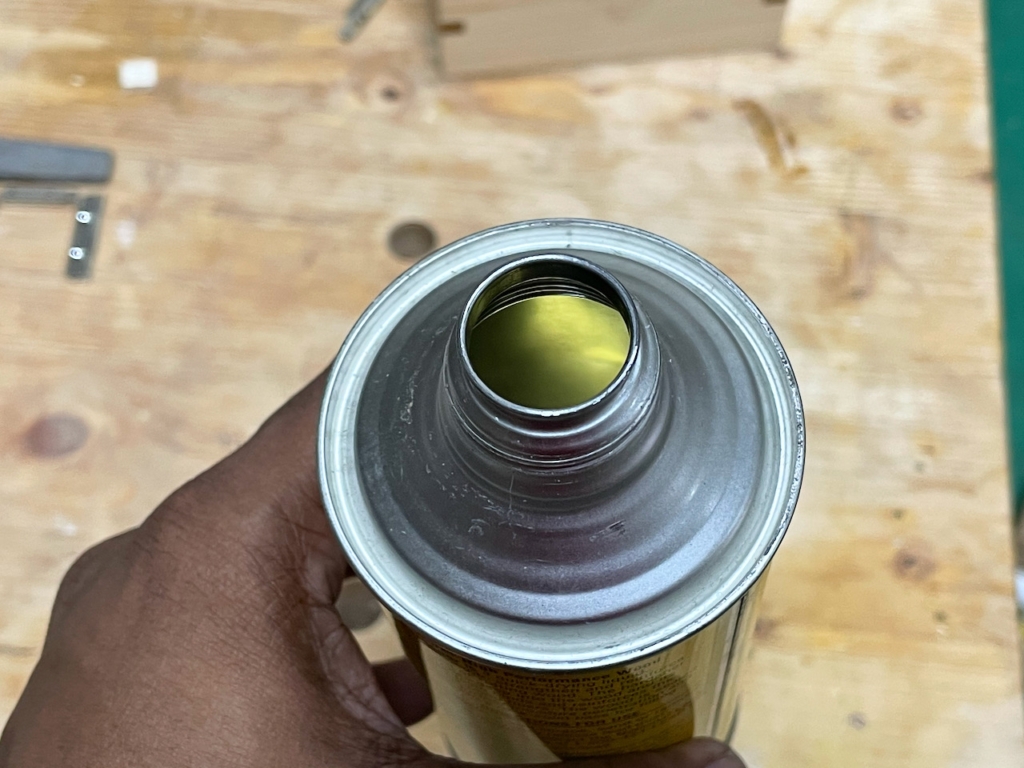
The solution itself is clear and highly viscous. It will seep into your cracks in wood, and soak into wood fibers very quickly. It also evaporates very quickly, so you’ll need to apply it as fast as you can to minimize wastage.
Using The Minwax Wood Hardener
I recently purchased some gorgeous spalted beech woodturning blanks. However, I quickly found out that they may be too far along in the spalting process. The wood was very fragile, making it difficult to turn.
I poured some Minwax Hardener into a container and placed the blanks in to strengthen and reinforce decayed areas. Using a disposable brush, I covered the blanks entirely with the solution. After removing the blanks, the solution dried within a few minutes. I recommend letting it dry for at least 30 minutes just in case.
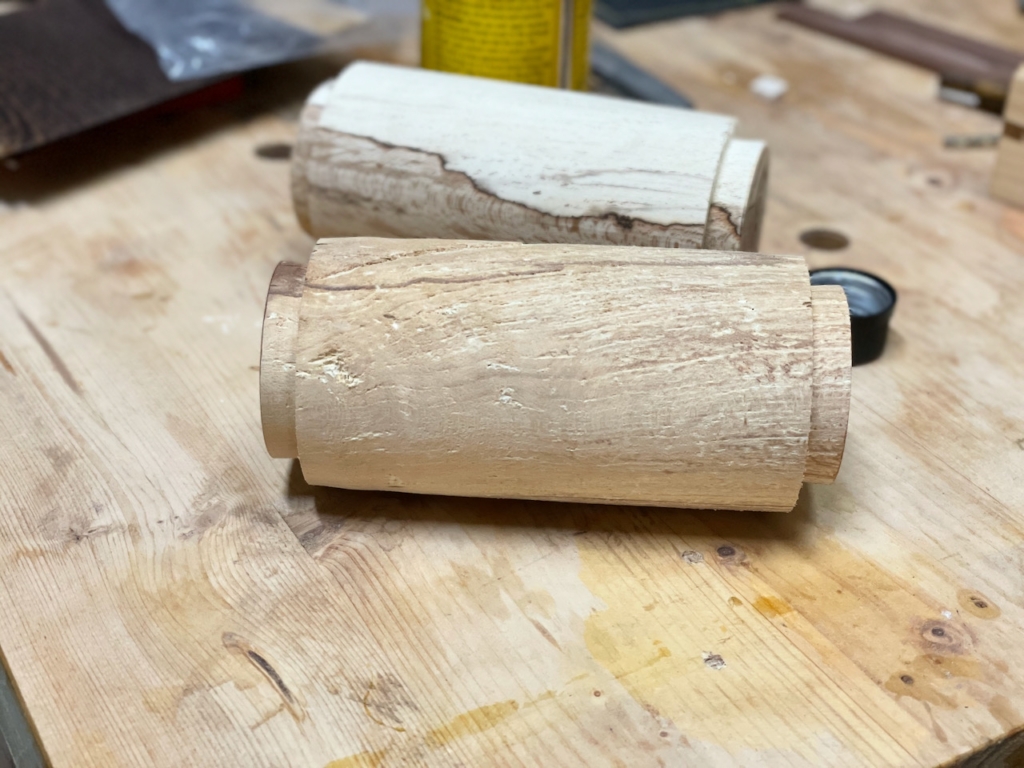
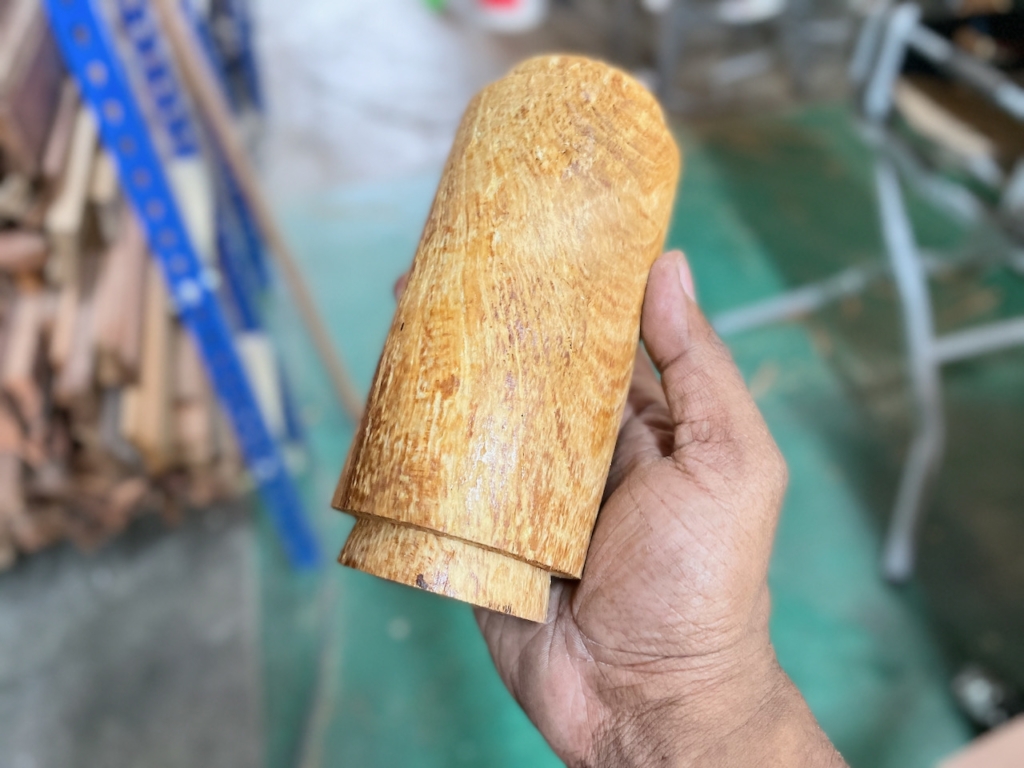
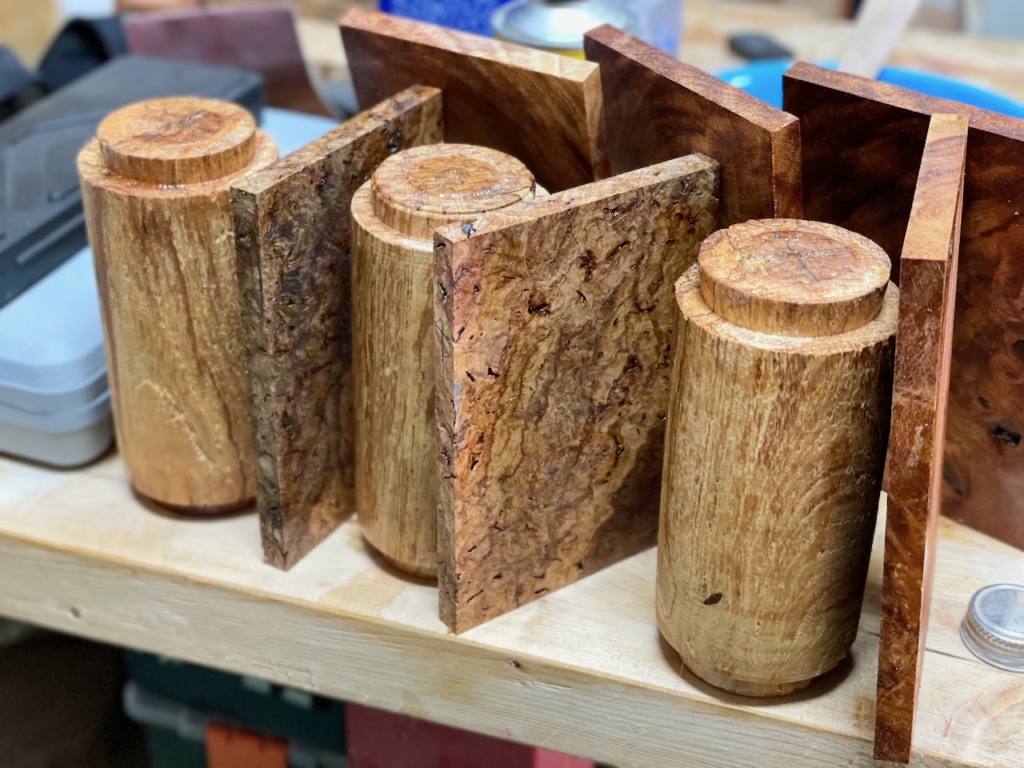
I also applied the Minwax Wood Hardener solution to some beautiful burl wood that I wanted to use as jewelry box lids. Without a hardening solution, the burls will probably break apart unpredictably as I cut grooves along the sides using my table saw.
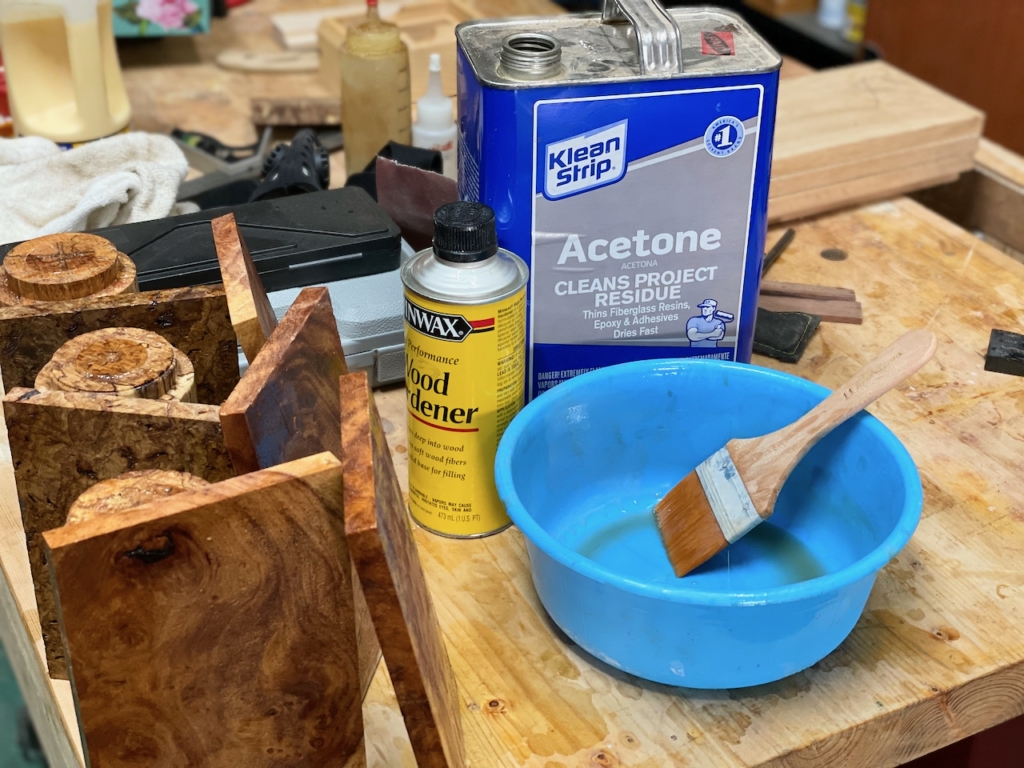
Minwax Wood Hardener Cons
The major problem I have with the Minwax Wood Hardener (and most people seem to agree) is the use of acetone as a solvent and for cleanup. Acetone is highly flammable, produces a toxic vapor, and can corrode a lot of stuff.
It can dissolve the glue in a lot of cheaper brushes, and completely destroy foam brushes. This means that you’ll need to use disposable brushes if you want to avoid the hassle of cleanup. You’ll also want to wear protective gloves and eyewear, as well as a respirator.
If you hate the idea of working with acetone, you may want to consider getting a water-based wood hardener instead. It will take longer to cure, but clean up is much easier with a damp cloth.

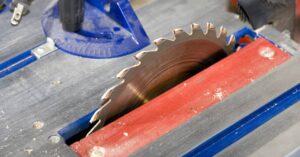






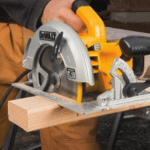






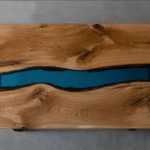
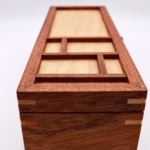

2 Responses
i spilled some of the minwax wood hardener on slate tiles. any cleanup ideas?
very informative and helpful article. Answered all my questions.
One note though, wood hardener is a very low viscosity liquid, tar has a high viscosity.